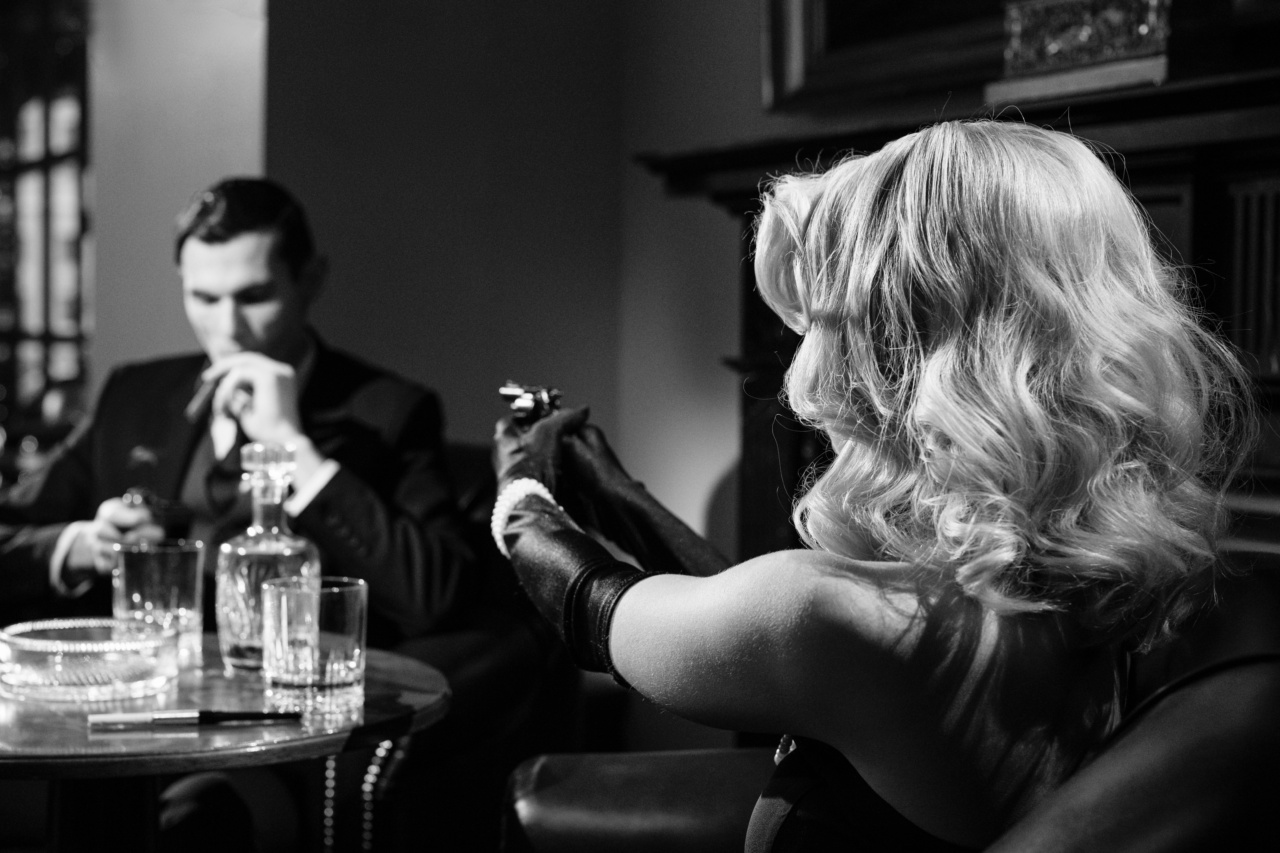Hannibal Lecter is a character that has captivated audiences since his introduction in Thomas Harris’s novel “Red Dragon.” Since then, he has been portrayed in various films and television shows, each version adding its own unique spin to the character’s persona. However, as fascinating as Lecter is, it’s worth examining how his character has been distorted throughout the years.
The Original Persona
In the novel “Red Dragon,” Hannibal Lecter is introduced as a brilliant psychologist and a serial killer. He is portrayed as a cultured, sophisticated man with impeccable manners and a taste for the finer things in life.
However, beneath this veneer of civility, Lecter is a cold-blooded murderer who preys on the weak and vulnerable. Despite his villainous nature, Lecter exudes a certain charm that makes him an intriguing character. He is not a mindless killer but instead a highly intellectual one who enjoys the challenge of outsmarting his pursuers. Lecter is a complex character whose motivations are not always clear, and this ambiguity only adds to his allure.
Hollywood’s Take on Hannibal
When Hollywood adapted “Red Dragon” into the 1986 film “Manhunter,” the character of Hannibal Lecter was vastly different from the original.
In the film, Lecter was played by actor Brian Cox, who portrayed him as more of a manipulative mastermind than a cold-blooded killer. This depiction of the character set the tone for future versions of Hannibal Lecter. In the 1991 film “The Silence of the Lambs,” Anthony Hopkins played the role of Lecter and won an Academy Award for his performance.
In this film, Lecter is portrayed as a brilliant mastermind who helps FBI agent Clarice Starling solve a case. While this portrayal of Lecter was a hit with audiences, it also misrepresented the character’s true nature.
In the novel “The Silence of the Lambs,” Lecter is not a helpful ally but instead a dangerous predator who uses his intelligence to manipulate those around him. Despite this misrepresentation, Hopkins’s performance as Lecter cemented the character’s place in pop culture, and he has since been portrayed in various forms across multiple media.
Television’s Hannibal
In 2013, NBC launched a television series titled “Hannibal,” which focused on the relationship between Lecter and FBI profiler Will Graham.
In this series, Lecter is portrayed as a cultured, sophisticated man with impeccable manners, similar to his depiction in the original novel. However, the character of Will Graham is given more focus, and the series explores his descent into madness as he becomes increasingly obsessed with tracking down serial killers.
Despite this shift in focus, the portrayal of Lecter is still a far cry from the cold-blooded killer he was originally written to be. In “Hannibal,” the character is portrayed as a more sympathetic figure, with the series exploring his backstory and the motivations behind his actions. While this approach makes the character more complex, it also distorts his persona, making him less of a villain and more of an anti-hero.
The Takeaway
The different portrayals of Hannibal Lecter throughout the years have created a blurred line between the real character and his Hollywood persona.
While the original depiction of Lecter was that of a cold-blooded killer, subsequent adaptations have portrayed him as a more complex figure, adding layers to his persona and making him more relatable to audiences. However, in doing so, these adaptations have distorted the character’s original persona, making him less of a villain and more of a misunderstood anti-hero. While these portrayals offer their own unique take on the character, it’s important to remember his true nature and the heinous acts he committed.






























